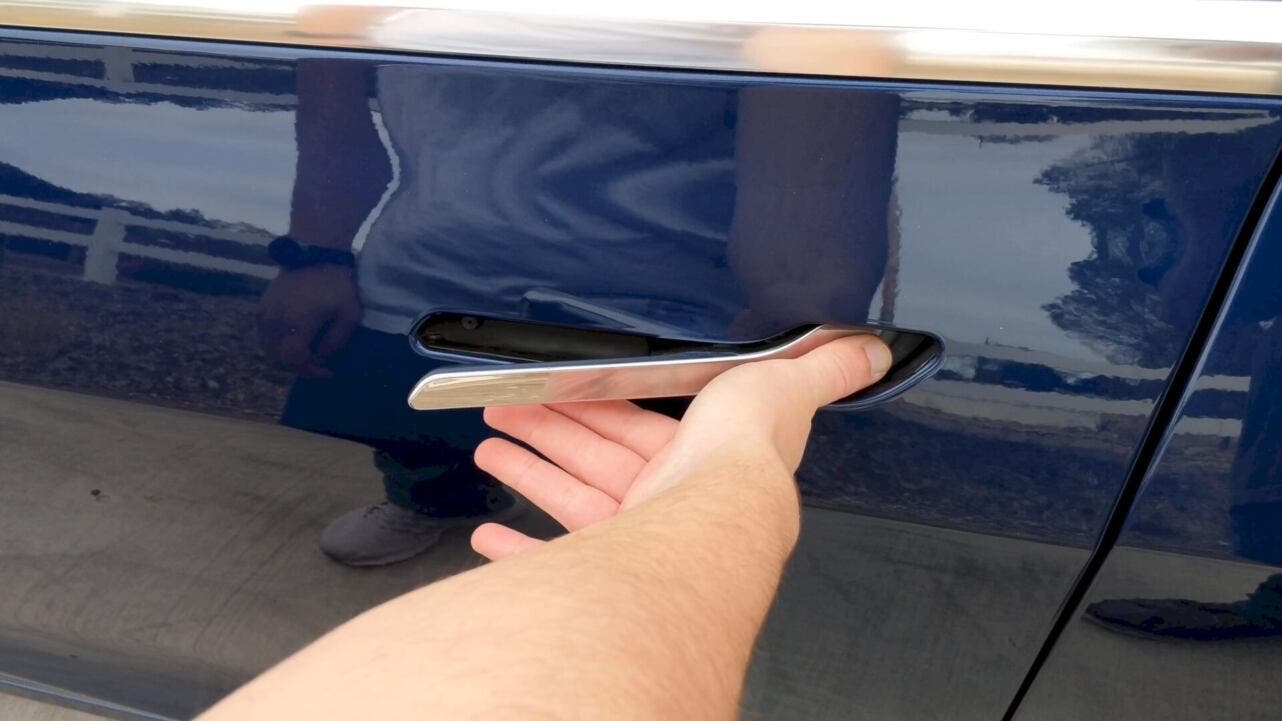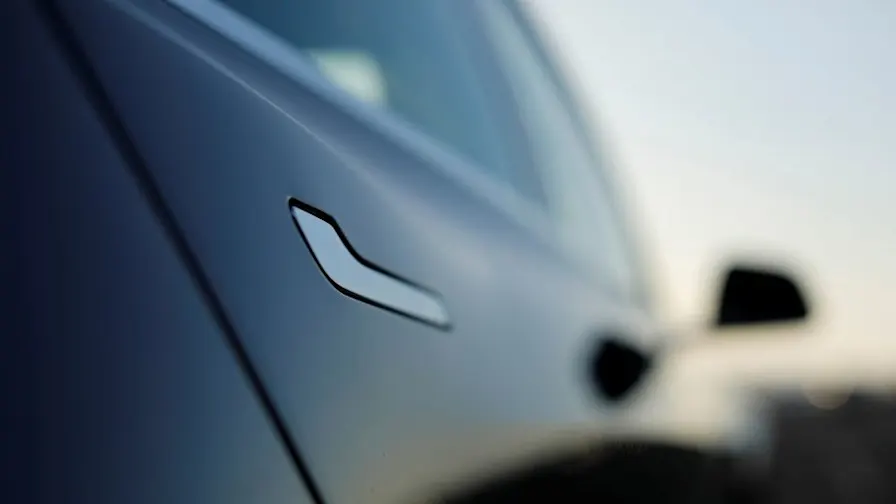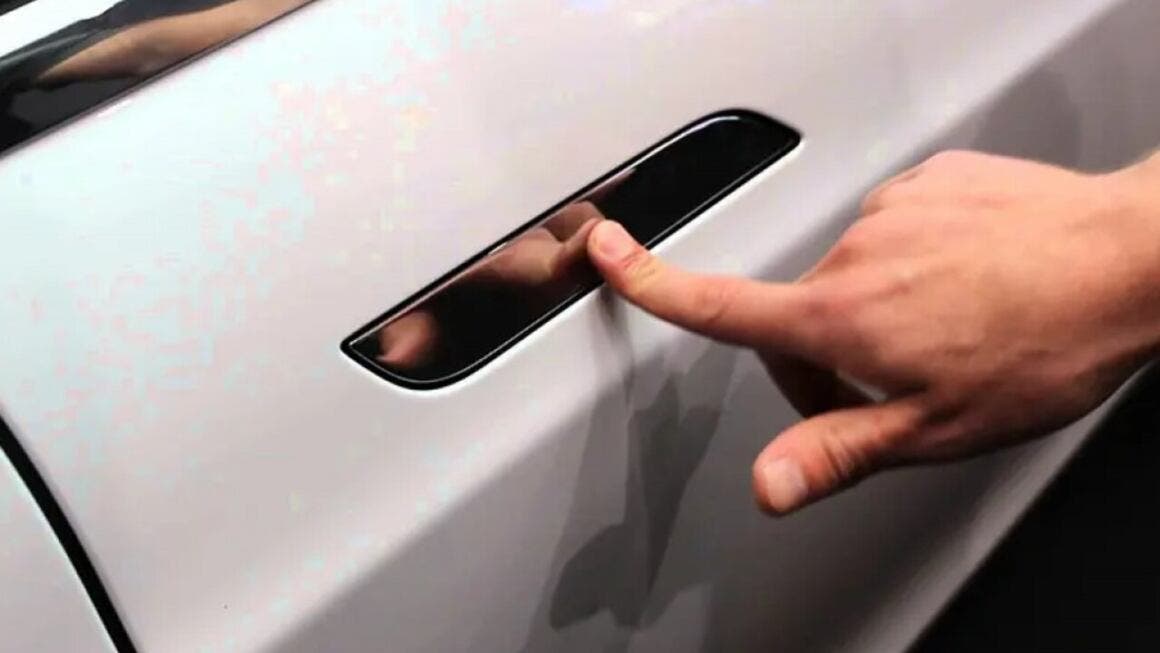Tesla, the automaker that made hidden door handles a global design trend, has decided to end an era: the company will eliminate retractable handles from its vehicles. According to multiple reports, growing pressure from the National Highway Traffic Safety Administration (NHTSA) and other regulators led Tesla’s chief designer, Franz von Holzhausen, to admit that the system is being completely reengineered. The primary goal is to ensure passengers can open doors more intuitively in emergency situations.
For years, Tesla’s flush handles were considered a symbol of futuristic design. Their automatic movement when detecting the key gave a ceremonial sense of welcome, making them an icon of modern mobility. When the Model S debuted in 2012, these handles shocked the industry, ushering in a new era where hidden mechanics became shorthand for “advanced technology”.

Tesla wasn’t the first to experiment with such solutions, Mercedes-Benz introduced them on the 300 SL back in the 1950s, but Tesla perfected the concept for the EV age, linking it to efficiency and minimalism.
Over time, however, drawbacks surfaced. Casual passengers and even first responders often struggled with the different opening mechanisms, which varied widely from brand to brand. What began as a sleek design choice increasingly revealed itself as a barrier to usability, especially during life-threatening moments.

The fatal Model S crash in Texas in 2021, where rescuers were delayed in opening the doors, and the WENJIE M7 fire in China highlighted just how dangerous these systems could be when electronics failed after an accident. What was once hailed as an engineering triumph became, for many, a liability.
Studies confirmed that while flush handles could slightly improve aerodynamics, the benefits were negligible compared to the risks posed in emergencies. For Tesla, and for the industry at large, the lesson is clear. Practicality and safety must come before style-driven complexity. The decision to abandon retractable handles reflects a turning point for Tesla’s design philosophy. It signals not only a renewed focus on safety but also a likely ripple effect across the EV market.
